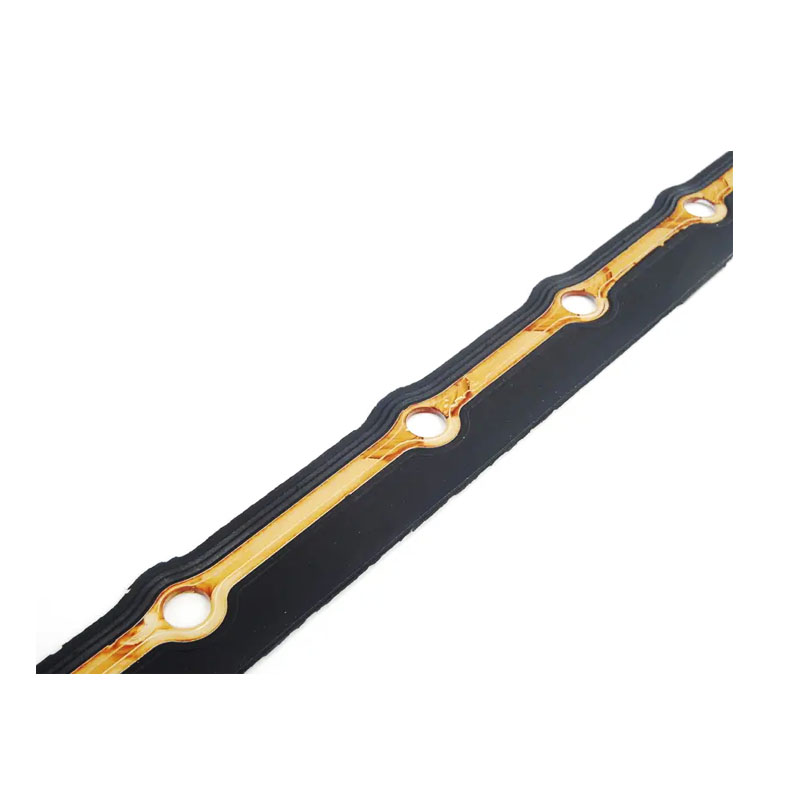o ring face seal
Understanding O-Ring Face Seals A Comprehensive Guide
O-ring face seals are integral components in the realm of fluid power and sealing technology. Typically made from elastomeric materials, these seals are crafted to ensure a leak-proof connection between two mating surfaces. Their design is specifically engineered to handle a range of pressures and operating conditions, making them a popular choice in various industries, from automotive to aerospace.
What are O-Ring Face Seals?
At their core, O-ring face seals consist of a circular O-ring that has been placed in a groove on the stationary part of the assembly. The mating part features a flat, smooth surface that compresses against the O-ring when the two parts are joined together. This unique design allows the O-ring to deform and create a tight seal, preventing leaks of gases or liquids under pressure.
The face seal configuration inherently offers several advantages over traditional seals. One significant benefit is that they can be used effectively in both static and dynamic situations. While many seals can only handle movement in one direction, O-ring face seals can accommodate axial motion and radial misalignments. This versatility makes them suitable for applications where alignment might not be perfect.
Material Selection for O-Ring Face Seals
Selecting the right material for an O-ring is crucial for optimal performance. The material must withstand various environmental factors such as temperature, pressure, and the chemical nature of the fluids encountered. Common materials include
1. Nitrile (Buna-N) A popular choice for oil and fuel applications due to its excellent resistance to hydrocarbons. 2. Fluorocarbon (Viton) Known for its chemical resistance, fluorocarbon is ideal for harsh environments, including high temperatures.
3. Silicone Often used in applications requiring flexibility and resilience, especially in lower temperature settings.
o ring face seal

5. EPDM Excellent for water and steam applications due to its outstanding weather-resistant properties.
Choosing the right material not only enhances the durability of the O-ring but also extends the lifespan of the equipment in which they are utilized.
Applications of O-Ring Face Seals
O-ring face seals find their applications across diverse industrial sectors. They are commonly used in
- Hydraulic Systems Preventing leakage and maintaining pressure in hydraulic cylinders and pumps. - Automotive Used in engines and transmissions to minimize fluid loss and ensure optimal performance. - Aerospace Essential for sealing fuel systems and maintaining integrity in higher pressure applications. - Manufacturing Equipment Found in machinery and equipment where resilience and reliability are paramount.
Installation and Maintenance
Proper installation of O-ring face seals is paramount to their effectiveness. A good practice involves ensuring the sealing surfaces are clean and free from debris. Additionally, the correct installation torque must be observed to achieve optimal compression without damaging the O-ring.
Routine maintenance checks can further extend the life of O-ring face seals. Operators should look for signs of wear, such as cracks or deformation, and replace seals as needed. Regular inspection can help in identifying potential failures before they lead to significant leaks, thus preventing costly downtime.
Conclusion
O-ring face seals play a vital role in ensuring the integrity of various systems across multiple industries. Their unique design and versatility, coupled with the ability to select suitable materials for diverse applications, make them a preferred choice for engineers and technicians alike. By understanding their functionalities and implementing proper maintenance practices, businesses can enhance performance, ensure reliability, and prolong the lifespan of their equipment. Whether in automotive applications, aerospace, or hydraulic systems, O-ring face seals continue to be an indispensable part of modern technology.
-
Understanding the Front Main Engine Seal: Purpose, Maintenance, and Installation
News Jul.29,2025
-
Understanding O-Rings and Seal Rings: Types, Applications, and Custom Solutions
News Jul.29,2025
-
Understanding Crankshaft Oil Seals: Rear Seals, Pulley Seals, and Their Role in Engine Integrity
News Jul.29,2025
-
The Importance of Front and Rear Crankshaft Seals in Engine Performance and Oil Management
News Jul.29,2025
-
Crank Oil Seals: Functions, Types, and Cost Considerations in Engine Maintenance
News Jul.29,2025
-
A Comprehensive Guide to O-Rings and Seals: Types, Materials, and Global Applications
News Jul.29,2025
-
Mastering Diesel and Performance Engine Maintenance: A Guide to Critical Oil Gaskets
News Jul.28,2025
Products categories















